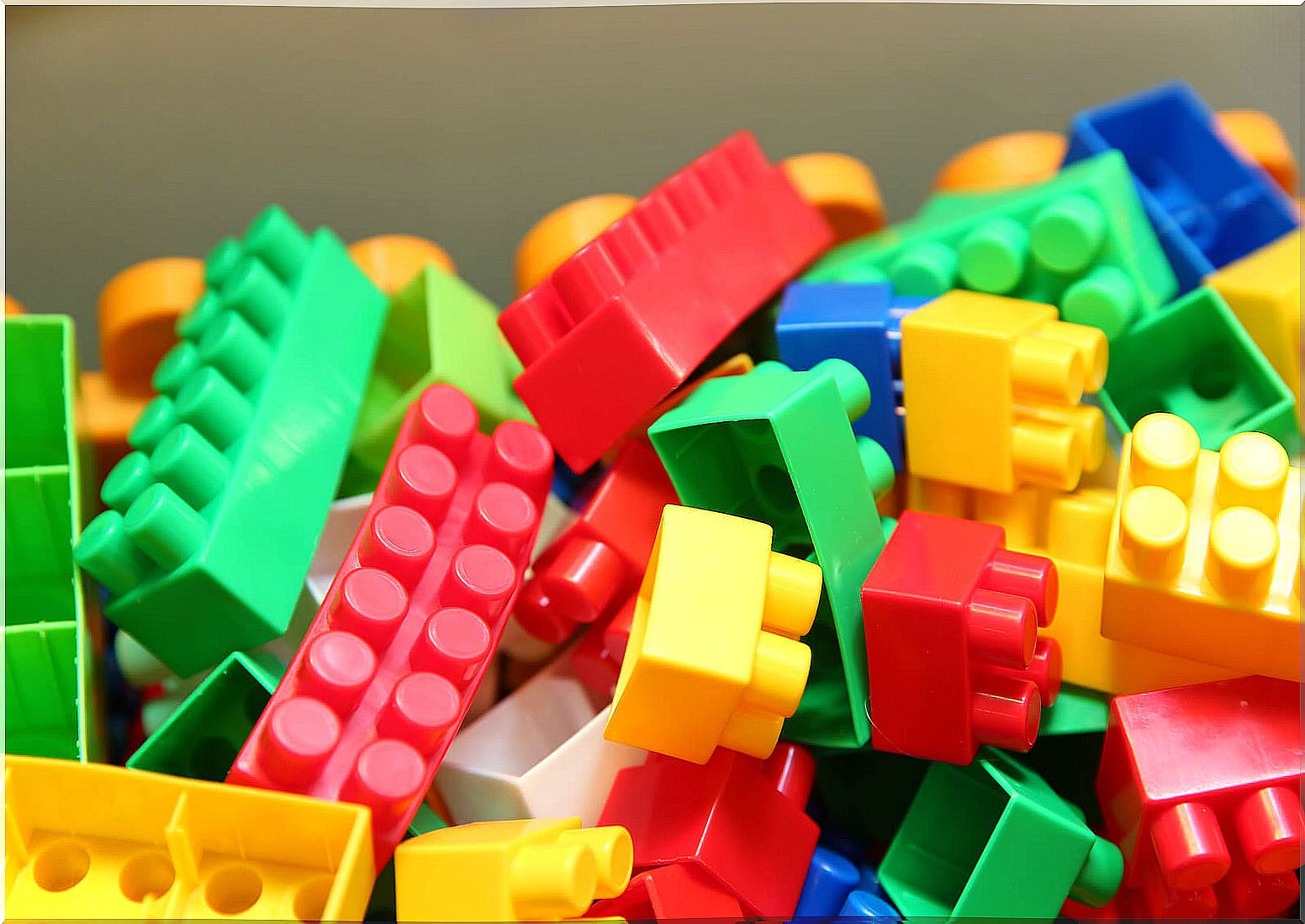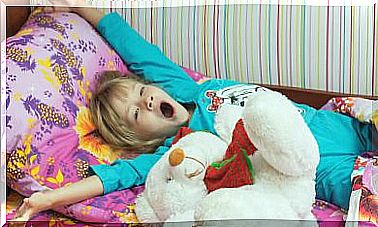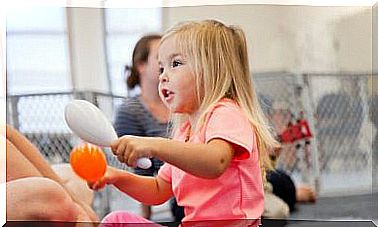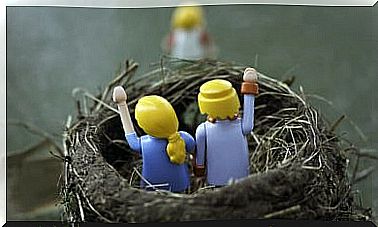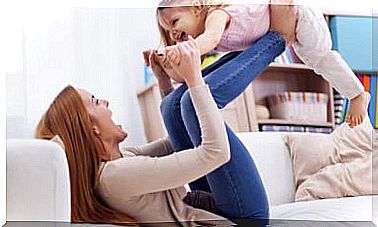How Is LEGO Therapy For Children With Autism
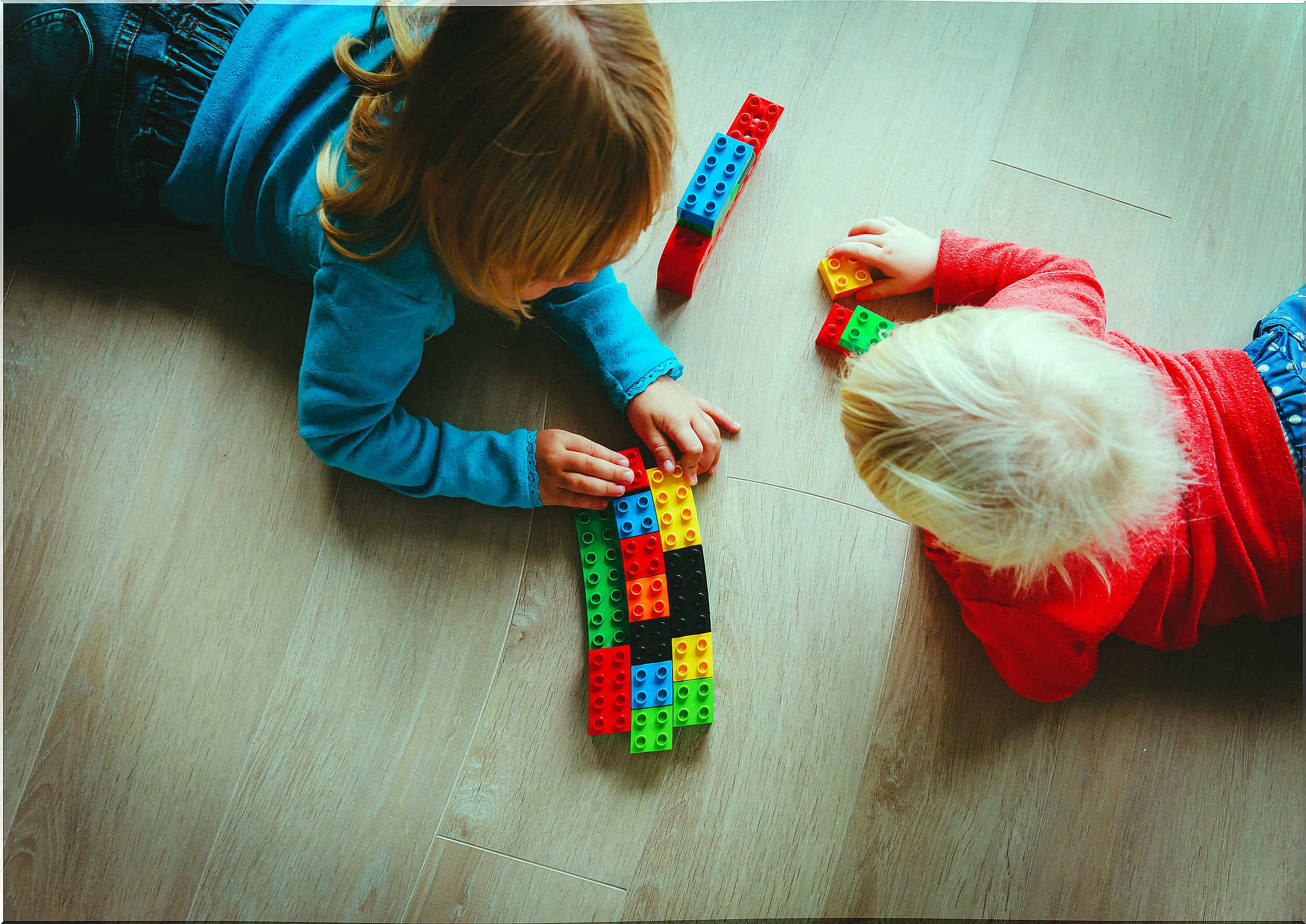
Do you know LEGO therapy for children with autism? It is a therapy that helps them to relate and that becomes a wonderful option for many children with this condition. They will be able to network and interact with other people while participating in the activity with LEGO pieces.
Autism is also known as autism spectrum disorder (ASD) and involves problems of social interaction and communication of the affected person with the rest of the world. It is very broad and not all are the same, since symptoms and abilities can vary greatly from one child with ASD to another.
Communication problems
It is common for people with autism to have communication, understanding and empathy problems. All this makes it more difficult for them to express themselves normally, either through oral, gestural or body language.
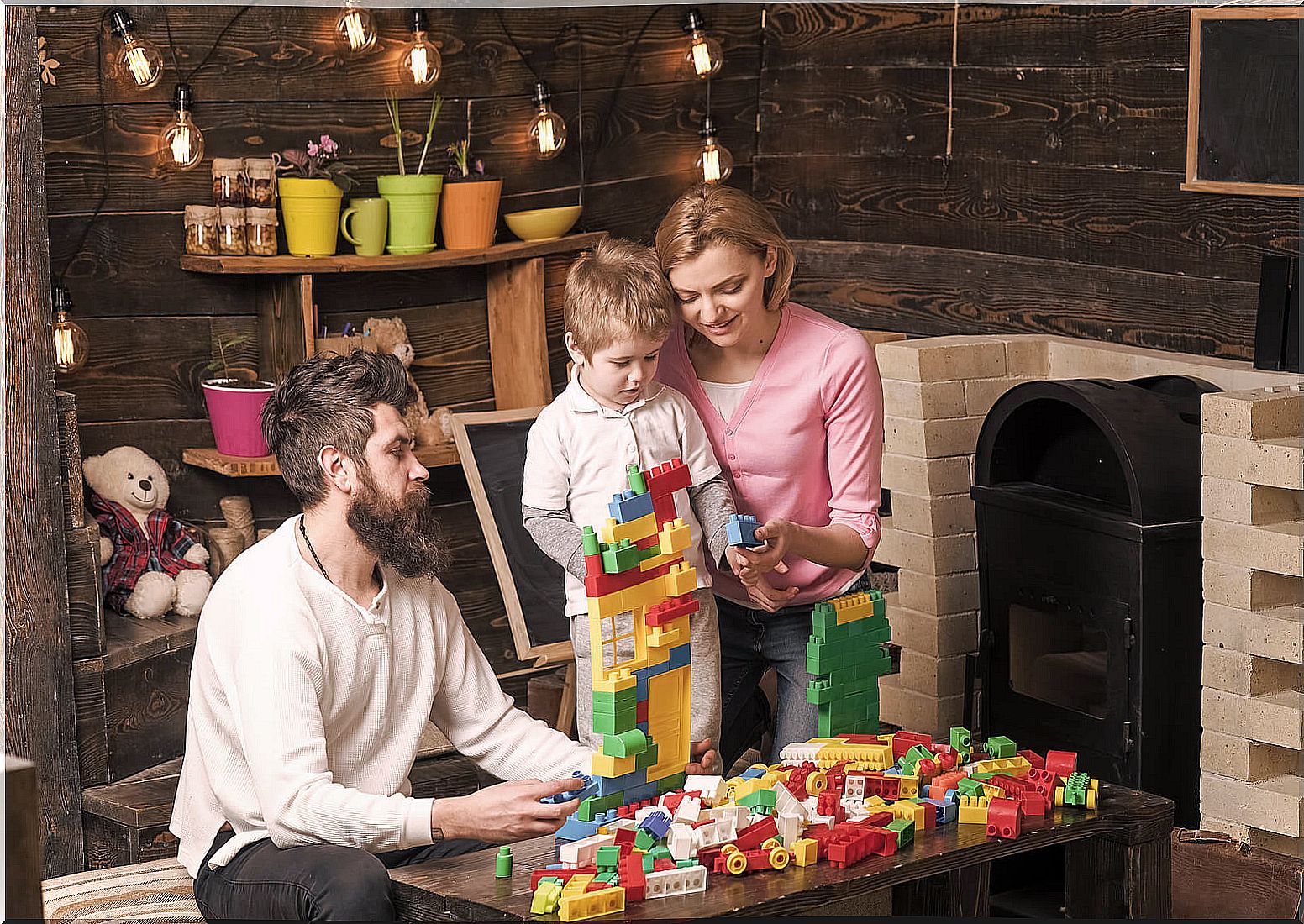
In addition, they may have learning and skill acquisition problems, which can cause their development to be uneven compared to other children of the same age. Interaction with others is also often severely affected. But without eagerness to generalize, we must also say that they tend to have exceptional abilities in mathematics, art, music, memory …
Always, and as it happens in any child with or without ASD, play can be the best way for the little ones to learn and socialize. In fact, for children with autism it is also an extra challenge, since in the game they have to relate.
However, with LEGO therapy the results are often wonderful, but what exactly is it and how can it help children with autism?
LEGO therapy
Generally, LEGO constructions tend to like a lot both boys and girls, young and old. It is a way of playing that enhances creative thinking thanks to construction. It also helps improve cooperation, teamwork, and following rules when construction requires it.
It is a predictable, simple activity that consists of repeating movements and constructions, so it becomes quite interesting for children with autism and they have a lot of fun being able to play doing this type of activity.
Playing with LEGO can be done alone or with help, and children with autism can be included in small groups. Thus, they will be able to make a LEGO construction with other children so that, in this way, an interpersonal relationship is promoted without pressure and without emotional blocks.
Changing roles
The child becomes an architect who is in charge of thinking about how to carry out his work. Then he becomes the engineer who will carry out the project successfully. There may also be another partner on the team who provides the LEGO pieces, another who builds them, and another who is the main helper.
Of course, they are examples, but they are also roles that can be rotated in children so that the activity becomes more enjoyable and fun for everyone. The adult will have a mediator role in case there are conflicting emotions.
Also in case conflicts arise between the children who are doing the LEGO construction. It is necessary to support interactions that are positive and provide adequate solutions to conflicts that may arise, being the guide and mediator at any time that is needed.
All this helps to make social learning fun for the child with autism, to strengthen this part of his interior. You will enjoy interpersonal relationships in a guided and predictable activity that will make you feel good.

Teamwork with LEGO therapy
In short, the activity consists of working in a group assuming different roles:
- Engineer and architect (gives instructions).
- Supplier (provides the necessary parts and elements for construction).
- Builder (the one who puts the pieces on the board following the instructions of the engineer / architect).
- Mediator (the adult).
The adult, in addition to being a mediator and guide, will work together with the group to enhance various aspects such as communication, the participation of the entire team and so that there is good problem solving in the face of any conflict that may arise between the participants. In this way, socialization, communication skills and motor skills will be improved. It is undoubtedly a wonderful therapy that children with autism should enjoy!
